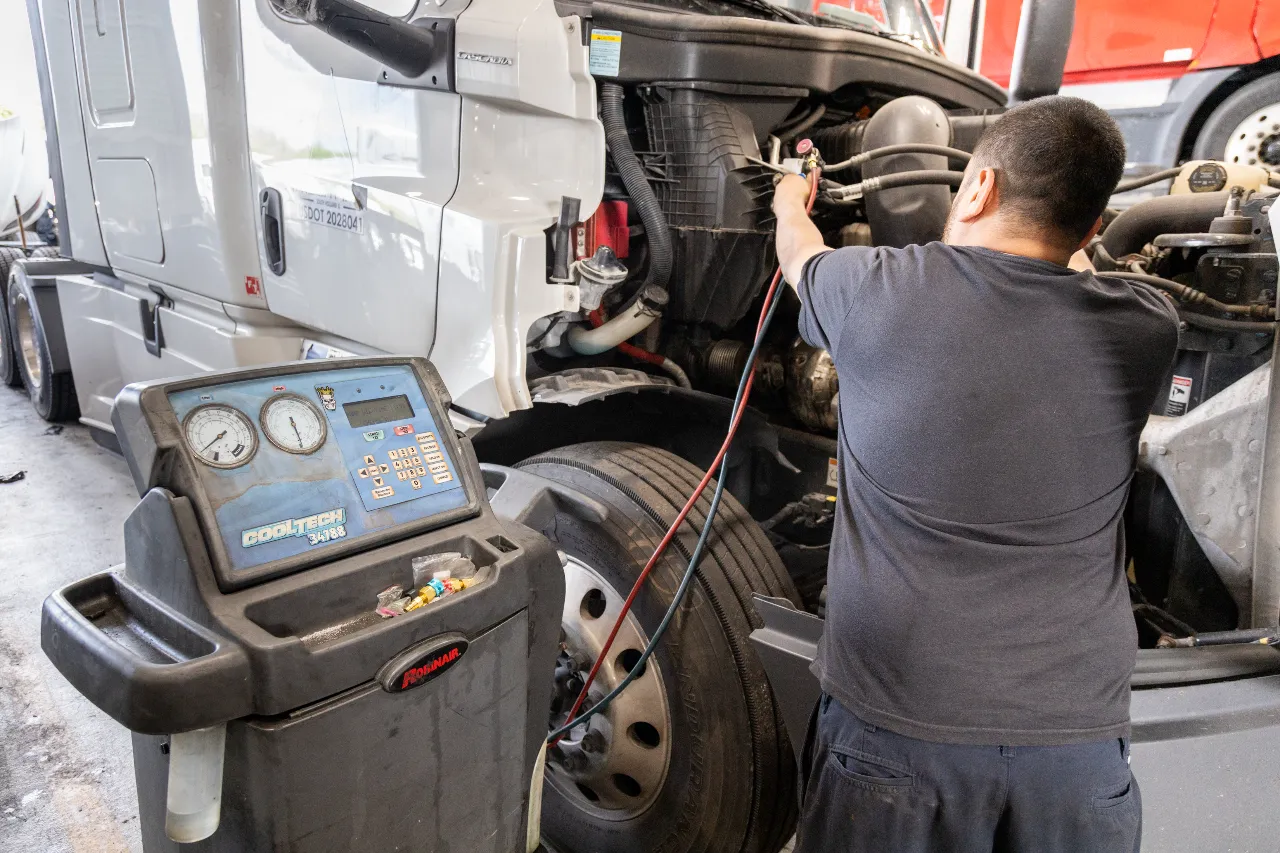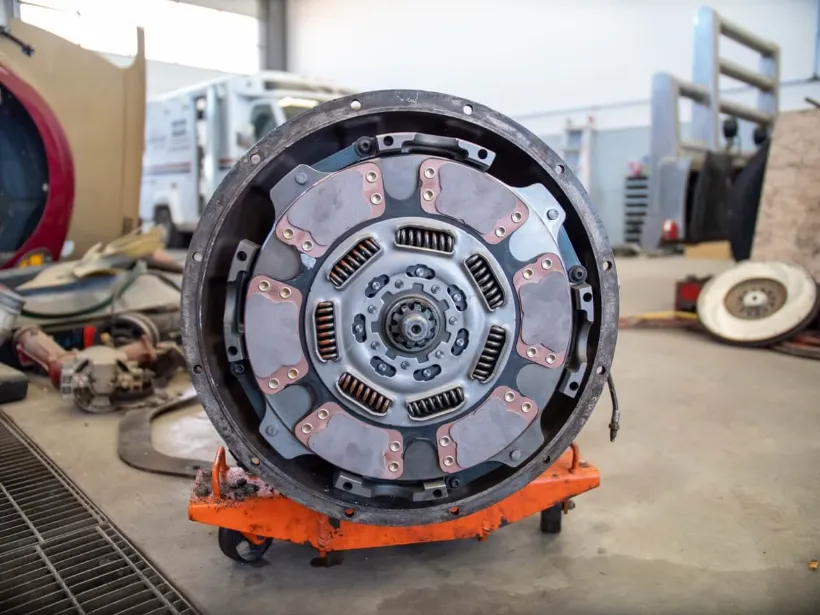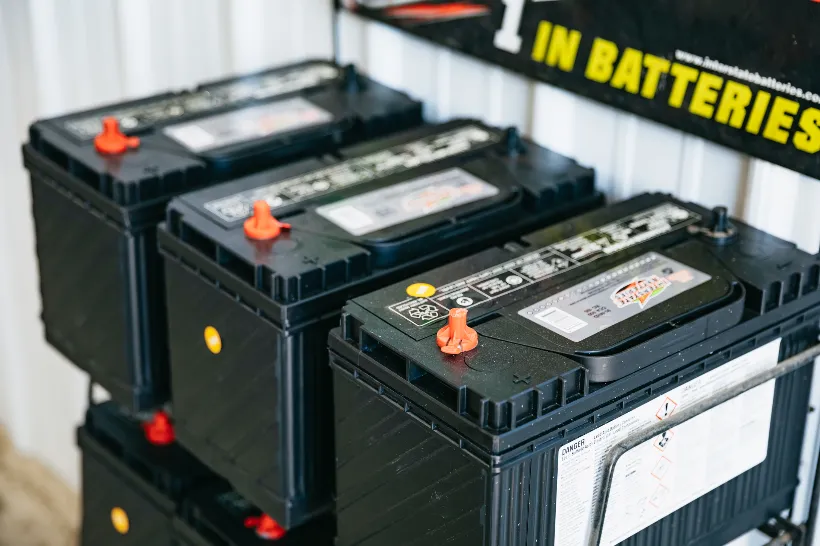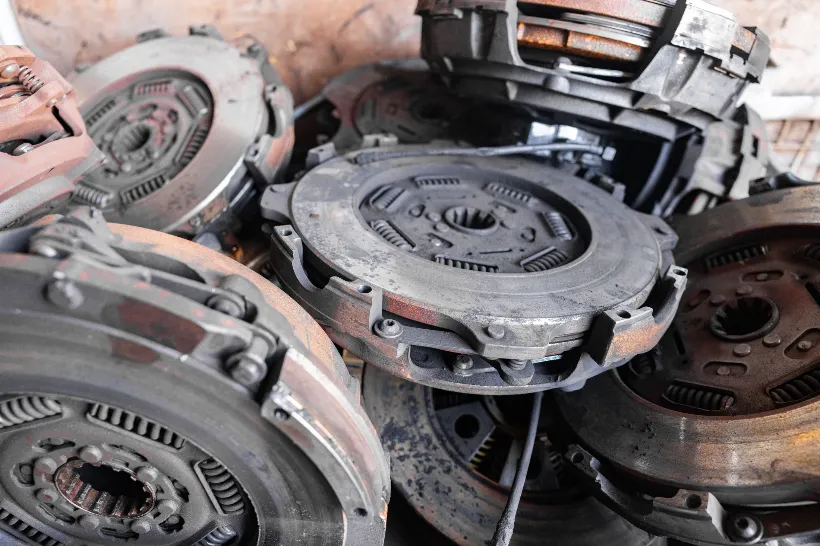Are HVAC Problems Driving Up Your Fleet’s Fuel Costs?
Failing HVAC systems don’t just reduce driver comfort—they quietly drain your fleet’s fuel budget. From seizing compressors to dirty filters and miscalibrated thermostats, these hidden issues add up fast. Learn how preventive HVAC maintenance can save serious diesel costs.

When you think of fuel economy, your mind probably jumps straight to tires, aerodynamics, or engine performance. But there’s another sneaky fuel-waster that many fleet operators overlook: your HVAC system. If these components are failing, it’s likely that they’re causing your fleet to burn through fuel, and with the price of diesel these days, you can’t afford to let this go unnoticed.
Why HVAC Systems Matter More Than You Think
In heavy-duty trucks, the HVAC system is powered directly by your engine. This means that anytime you kick on the A/C or crank the heat, you're pulling power from the motor, which translates to increased fuel consumption.
When parts of the HVAC system start failing or underperforming, they don’t just make your drivers uncomfortable; they cause your truck to work harder than it should.
Common HVAC Problems That Affect Fuel Economy
1. Failing Compressors: The Silent Power Thieves
The A/C compressor is a belt-driven component that compresses refrigerant and circulates it through the system. If the compressor is failing, it often requires more engine power to do the same job, which boosts fuel consumption.
A seizing compressor can cause the serpentine belt to drag, and guess what? That affects other components driven by the belt, like the alternator and water pump.
2. Clogged Cabin Air Filters: A Minor Part with Major Impact
When cabin air filters are dirty or clogged, the HVAC system must work harder to push air through the vents. That added workload increases engine strain, especially in extreme weather. And the longer your engine runs under stress, the more fuel it drinks.
3. Refrigerant Leaks: Invisible, But Costly
Low refrigerant levels force your system to run continuously in an attempt to cool the cab. That translates to longer run cycles, more engine strain, and—you guessed it—higher fuel costs.
4. Faulty Blower Motors: Eating Up Power
A blower motor that’s wearing out can draw excessive electrical current, which means your alternator has to work harder to power it. And since the alternator is belt-driven, that’s more drag on the engine—and more fuel burned.
5. Incorrect Thermostat Calibration
Believe it or not, if your HVAC system’s thermostat isn’t properly calibrated, it might keep cooling or heating the cab long after the desired temperature is reached. Over-conditioning the cab is just another way to waste fuel without realizing it.
How HVAC Load Affects Engine Performance
Modern heavy-duty trucks are built with power-hungry components, and the HVAC system is no exception. When running full tilt, your HVAC can consume an extra 0.5 to 1 gallon of diesel per hour. Multiply that across an entire fleet, and you’re talking about thousands of dollars in annual losses.
This is especially problematic in Fontana, where trucks may idle with the A/C running during long pick-up waits or inspections. Idling is already a fuel hog—toss a faulty HVAC into the mix, and it’s a fuel-efficiency disaster.
Preventive Measures to Cut Down Fuel Costs
Schedule Regular HVAC System Inspections
Just like you check your brakes and fluids, your HVAC system needs routine maintenance. A certified technician should inspect belts, compressors, filters, and electrical systems during your preventive maintenance intervals.
Replace Filters Seasonally
It’s easy to overlook, but replacing your cabin air filters every 15,000–30,000 miles can drastically improve airflow and reduce HVAC strain. Dirty filters force the blower motor to work overtime, sapping more energy.
Monitor Engine Load Data via ECM
Your ECM (Engine Control Module) collects valuable data about how much energy is being diverted to different systems. If you notice high auxiliary loads while HVAC is in use, it’s time to dig deeper.
Inspect Electrical Draw
Excessive electrical load from a failing HVAC component can reduce battery and alternator efficiency. An overloaded electrical system eventually loops back into fuel waste, so don’t ignore dim lights or slow cranking—they might be HVAC-related.
Don’t Ignore Idle Time
Set clear idle limits for your drivers. Modern trucks with auto-idle management systems can cycle the HVAC to reduce fuel usage during downtime. If your fleet doesn't have one, consider retrofitting or coaching drivers on manual idle management.
HVAC and Driver Satisfaction: More Than Just Comfort
Let’s not forget that your drivers are the backbone of your operation. An unreliable HVAC system doesn’t just affect fuel; it leads to driver fatigue, which is the cause of 91,00 crashes per year. When the cab becomes unbearable, especially in a Fontana summer, performance drops and fatigue increases.
Driver comfort is a safety and retention issue—and HVAC is central to both.
Final Thoughts
Your HVAC system may seem like a low-priority item compared to major repairs, but neglecting it could be costing you more than you realize—especially in fuel. Regular professional HVAC inspections and services, replacing minor components, and monitoring performance data can go a long way in reducing operating costs across your fleet.
When fuel prices are high and profit margins are tight, every gallon counts. Don’t let an underperforming HVAC system quietly sabotage your bottom line.
More Articles
Contact OnSite Truck & Equipment Repair
Need roadside assistance, have questions, or want to schedule your truck or trailer in for service in Fontana, CA? Get in touch with OnSite Truck & Equipment Repair, we're open Monday through Friday from 7:00am to 4:00pm.



